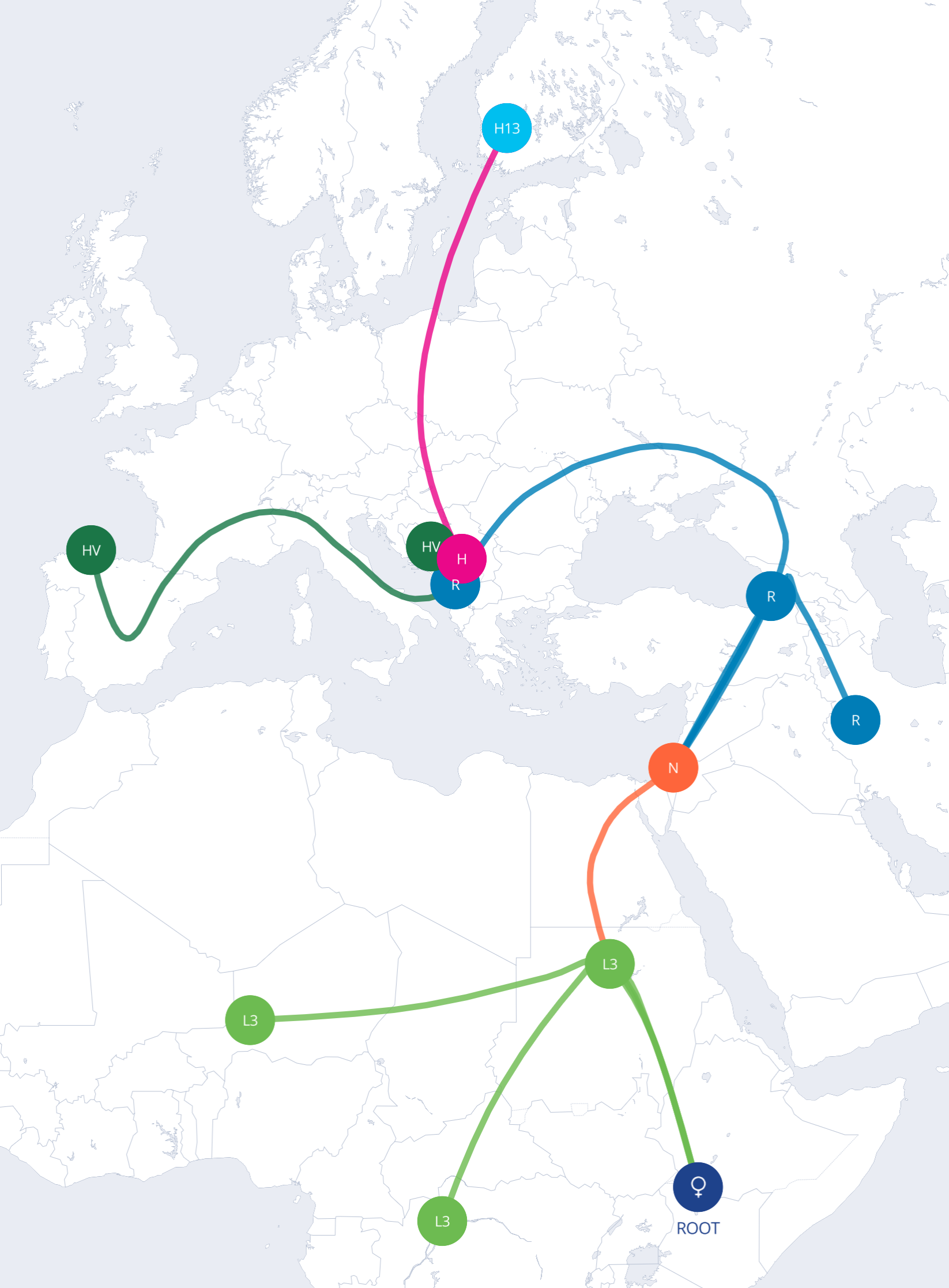
In This Article

You may have heard stories of twins who share a birthday but not a dad.
This rare event is called heteropaternal superfecundation, and it blends everyday biology with surprising legal twists.
Below, you’ll see how it happens, how often it shows up, and how DNA tests clear up the mystery.
Superfecundation happens when two separate eggs are fertilized by sperm from two men during the same monthly cycle.
The result is fraternal twins who share a mother but have different biological fathers.
Researchers long believed this was almost impossible in humans.
Modern paternity records now prove it is rare—but real—and usually discovered only when a court asks for DNA tests.
Large paternity databases suggest roughly one case per 13,000 twin DNA tests, or about two to three percent of twin paternity disputes.
Experts think the true rate is higher because most twins never face a paternity hearing.
Many things must line up for superfecundation to succeed:
Know Your DNA Reviews

Don't miss out on the opportunity to learn more about yourself. Read our best DNA test page to find the best one for you.
Everything starts in the ovaries.
Sometimes more than one follicle ripens at once and releases an egg—an effect driven by a burst of ovulation hormones.
If a second partner’s sperm is present soon after, each egg can meet a different cell in the fallopian tube.
Because sperm can wait five days, encounters on different days can still overlap.
A quick list shows the moving parts:
Doctors have confirmed dozens of dual-paternity twins worldwide.
Most cases surface during child-support or immigration disputes, not hospital delivery rooms.
| Common Belief | Scientific Reality |
| Twins always share both parents. | DNA proves some fraternal twins have different fathers. |
| Biracial twins must have two dads. | Skin-tone differences can arise from normal gene variation or conditions like albinism. |
West African Yoruba women have the world’s highest twinning rate, so their baseline risk for superfecundation is naturally higher.
Fertility drugs that trigger multi-egg ovulation may also raise odds, but solid numbers are still scarce.
Parents may face shock, curiosity, or stigma when results reveal two fathers.
Rules on child support, inheritance, and custody can differ for each twin.
Standard paternity tests expose superfecundation with high confidence.
Labs compare 15 or more short tandem repeat markers from each child to each alleged father.
Mother’s DNA helps, but tests work without it.
Results usually arrive in one week and come as separate legal reports for each twin.
Birth certificates and legal filings may need updates if paternity splits.
Know Your DNA Reviews

Looking for a DNA test that's accurate and can tell you about your health and heritage?
